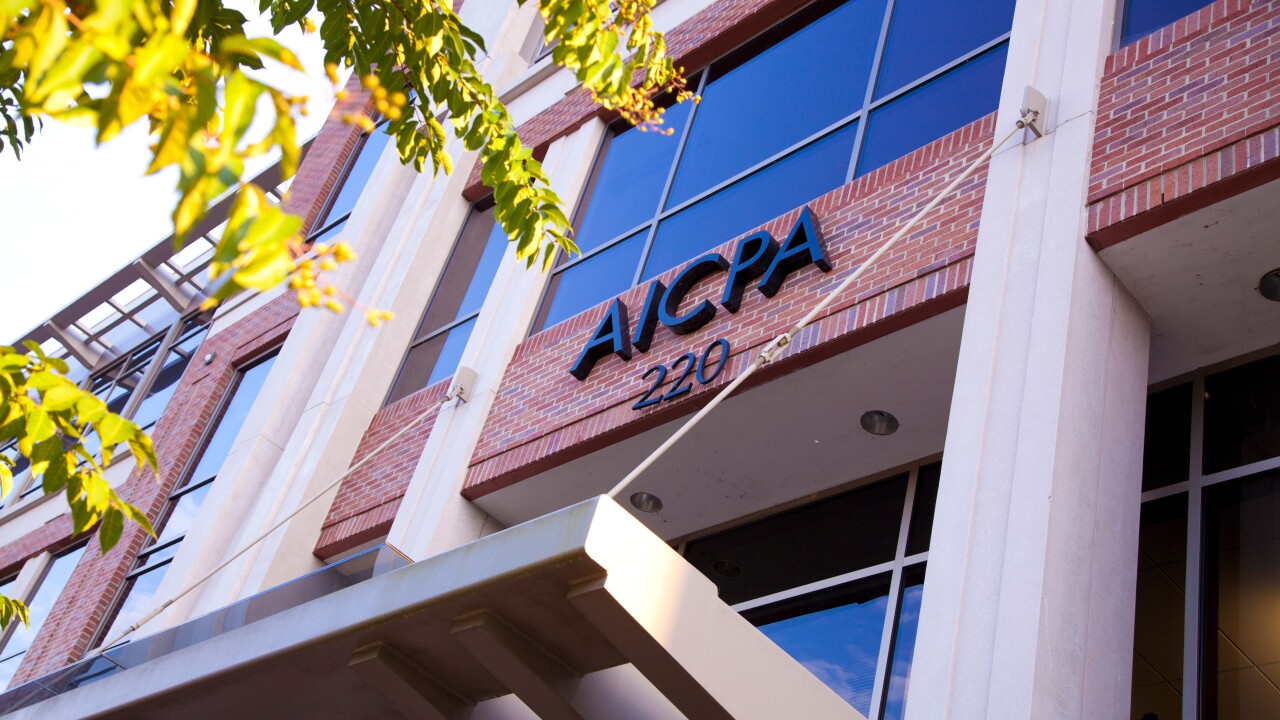The Internal Revenue Service is considering expanding a program under which it delays tax refunds for up to six months for delinquent taxpayers.
A new
In 2012, the Delinquent Return Refund Hold Program collected nearly $242 million, which was applied to balances due on delinquent returns. From 2008 to 2012, the program held an average of 156,422 tax refunds per year. During that same period, the program secured an average of 64,222 returns from taxpayers per year and coordinated with the IRS’s Automated Substitute for Return program to prepare and post an additional 117,895 substitute returns per year.
IRS management had earlier considered expanding the program by lowering the dollar threshold required to put a tax refund on hold. The exact amount of that threshold and where it would be expanded were redacted from the public version of the report. However, the IRS has not expanded the threshold because of limited resources.
Under one change proposed by the IRS in 2009 for reducing the tax gap and bringing more taxpayers into compliance, approximately 50,000 additional refund returns would have been included in the program that year, adding potential revenue of $21 million, or $105 million over a five-year period.
TIGTA pointed out that taxpayers who become compliant with their prior-period filing requirements could remain compliant in future years and reduce the need for additional enforcement resources in subsequent filing seasons. TIGTA also identified other opportunities for expansion.
In compiling the report, TIGTA reviewed two separate random samples of 30 taxpayer cases each in which a refund was held and the refund hold was either manually or systemically released. The results indicated that IRS employees properly followed procedures when working cases and when refund holds were released.
TIGTA compared delinquent return data for a population of refund hold cases with a certain dollar amount above the threshold criteria to a population of cases with a certain dollar amount below the threshold criteria (that is, refunds were not held for these cases). Analysis showed that 88 percent of delinquencies associated with the held refunds were subsequently resolved, compared with less than 1 percent of delinquencies associated with cases for which refunds were not held, thus indicating the value of the program in improving filing compliance.
TIGTA pointed out that the IRS has not established performance measures to evaluate the program’s primary goal of increasing taxpayer filing compliance. As a result, IRS management does not have complete information about how well the program is achieving its goal, or if it is an effective tool for improving taxpayer filing compliance over time.
TIGTA recommended that the IRS consider opportunities to expand the use of the program as resources become available and develop specific performance measures to compare the actual results with management’s goal to improve filing compliance.
In response to the report, IRS management agreed with both recommendations. However, the IRS did not commit to a specific corrective action plan to expand the program and agreed only to explore the development of performance measures, with implementation dependent on the availability of resources. The IRS has been struggling with a series of budget cutbacks in recent years that have forced it to rethink its allocation of resources.
“As you noted in your report, implementation of a lower dollar threshold or a change in the program exception criteria will require additional resources,” wrote Karen Schiller, commissioner of the IRS’s Small Business/Self-Employed division. “When those resources become available, we will consider lowering the dollar threshold and re-evaluating certain program exception criteria. However, with no certainty as to when those resources may become available, we are not able to predict what monetary benefits may be realized.”
TIGTA said it continues to believe that expansion of the program is important, as it represents an opportunity to increase both taxpayer filing compliance and revenue at a lower cost than traditional collection programs. In addition, until specific performance measures are implemented, TIGTA noted, IRS management will not have complete information about how well the program is achieving its goals.





